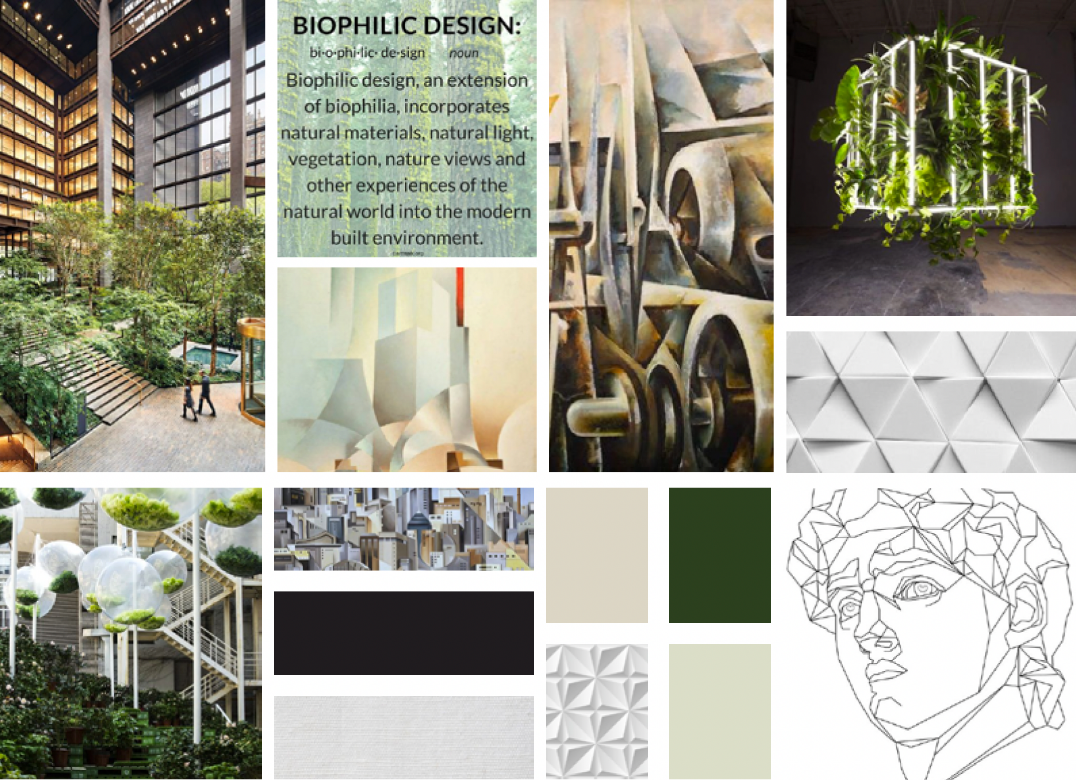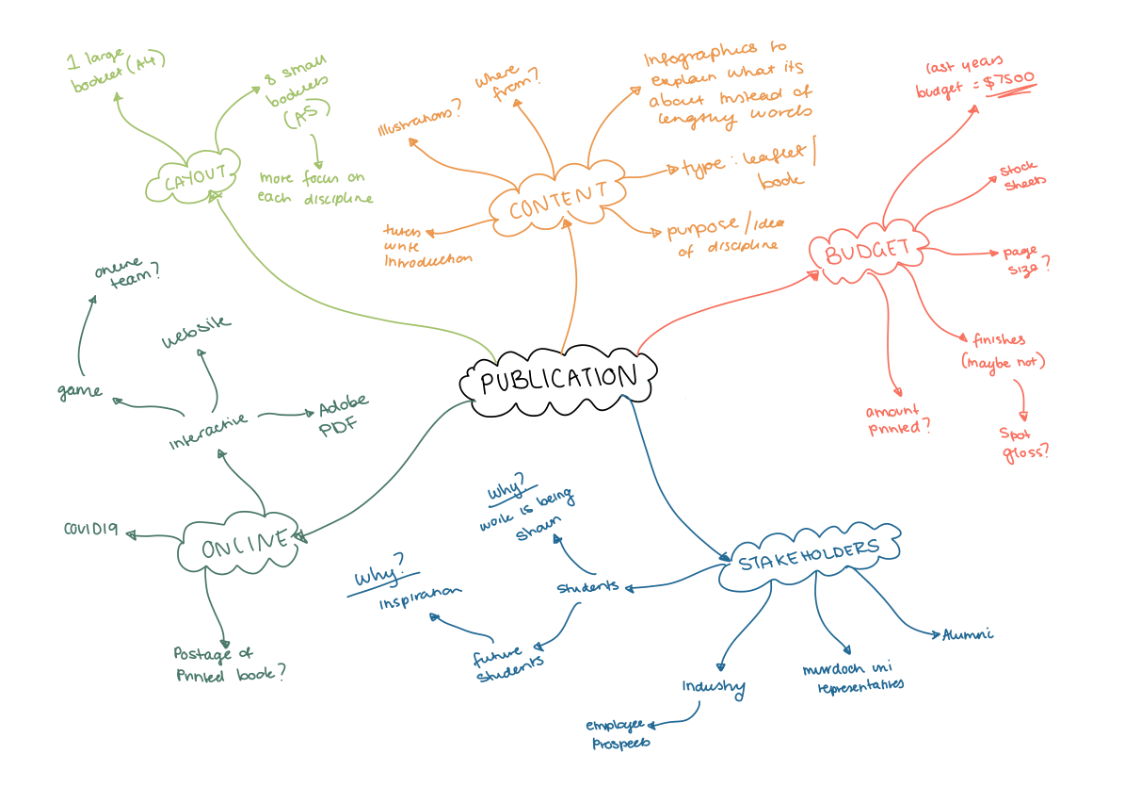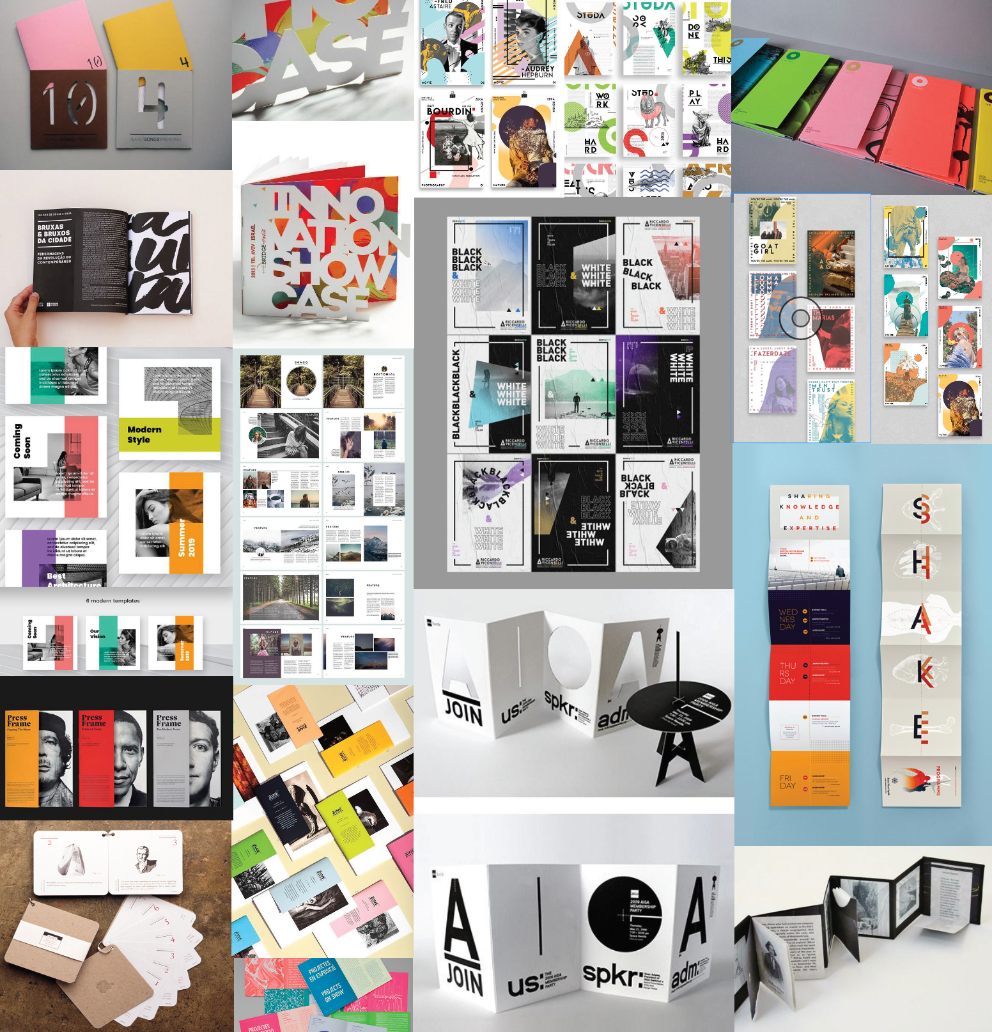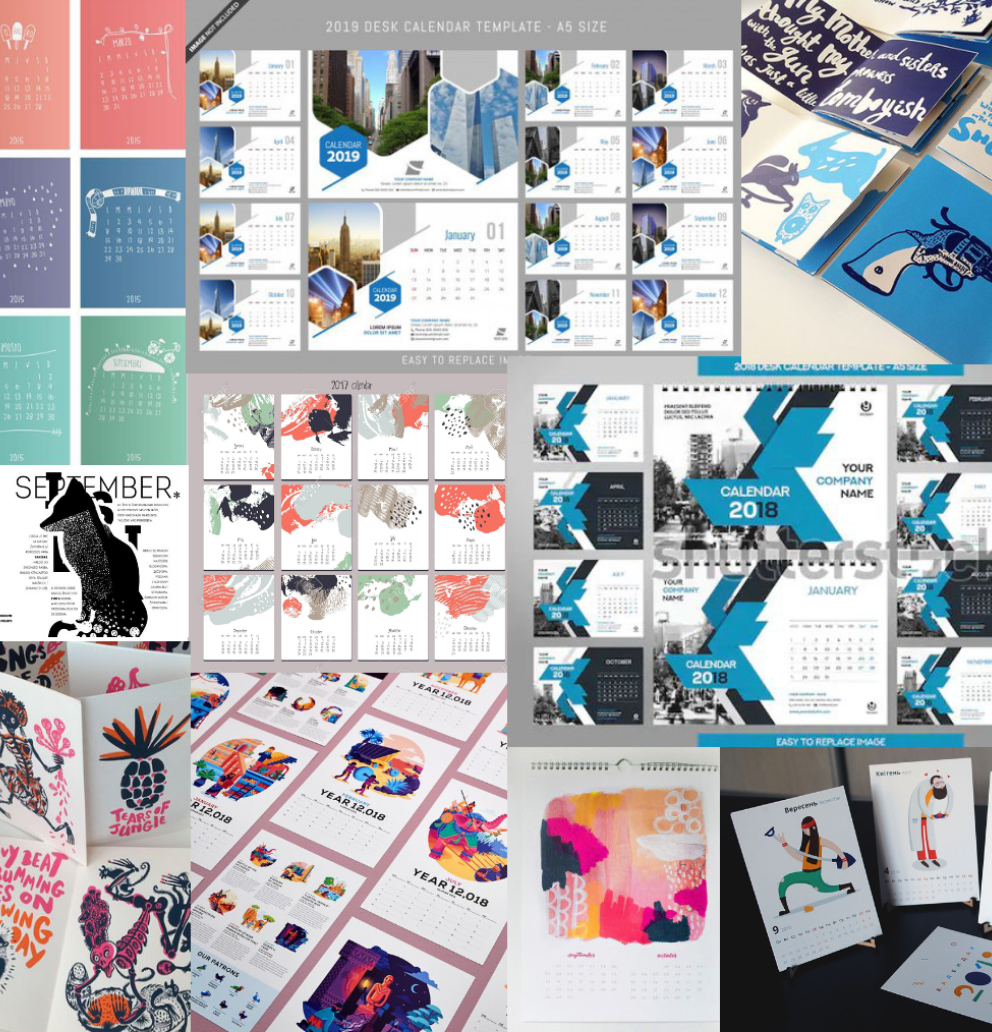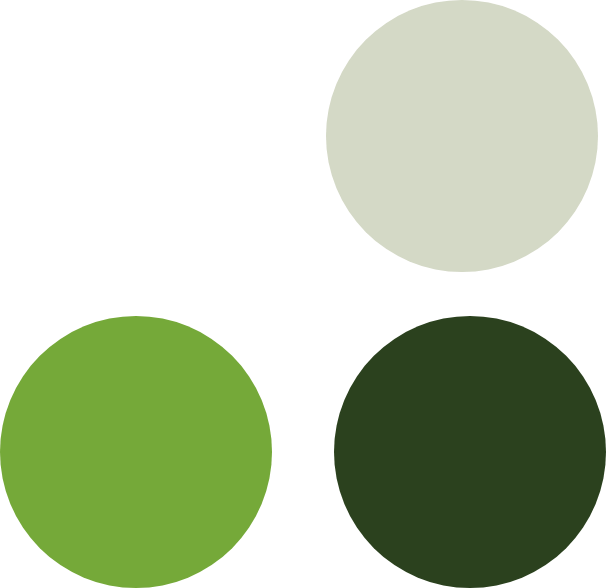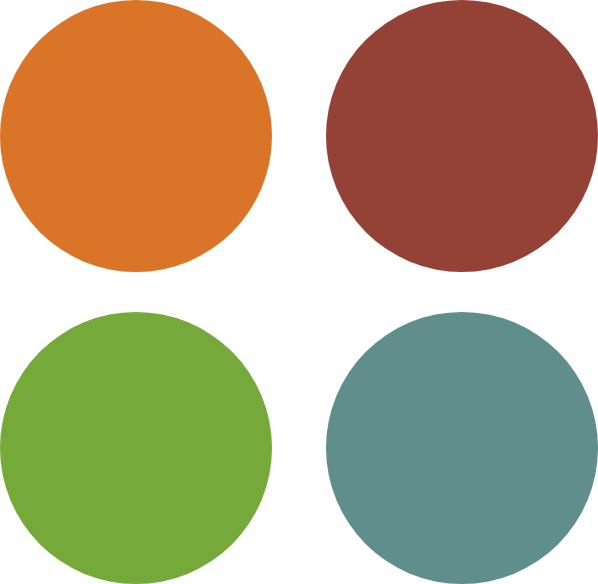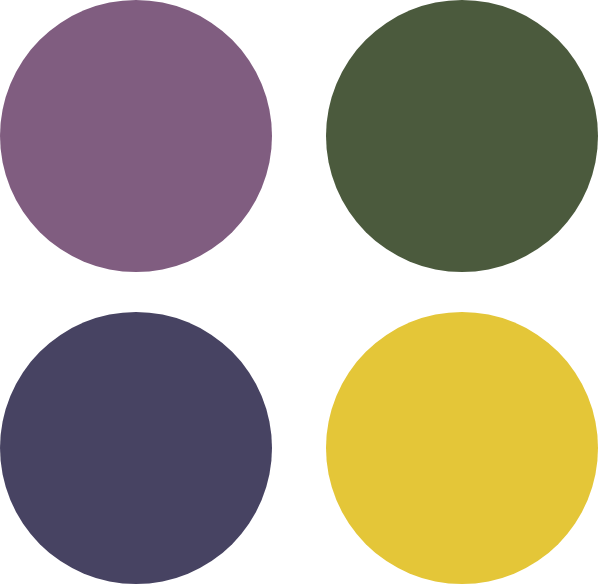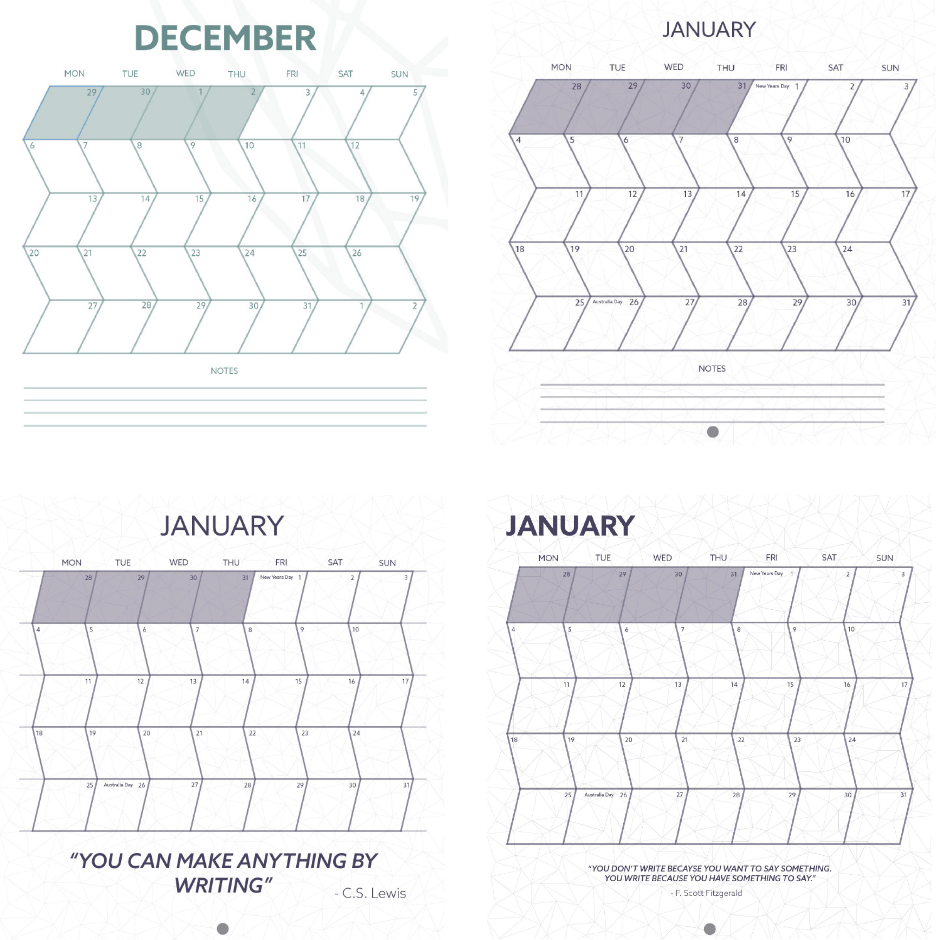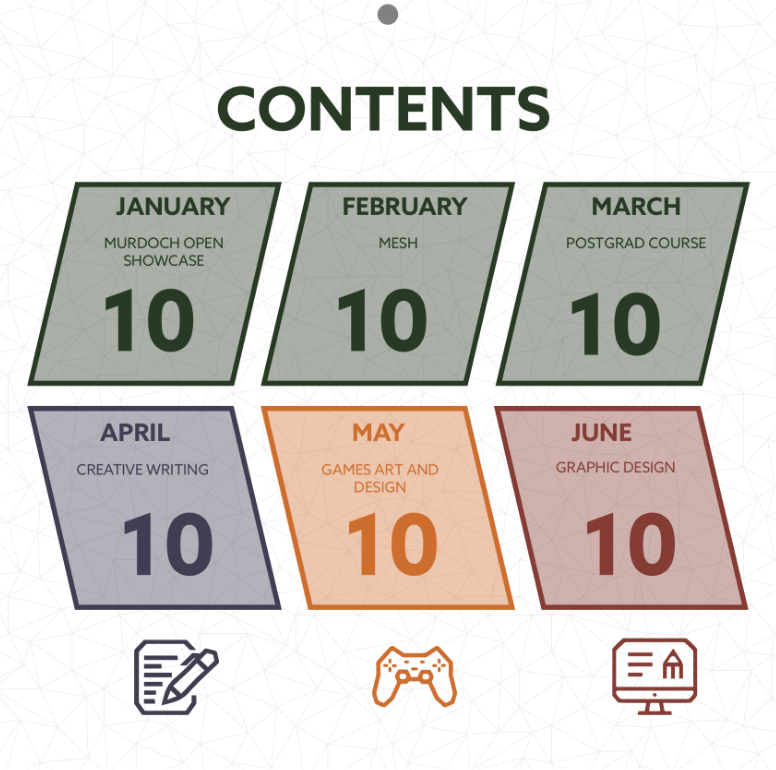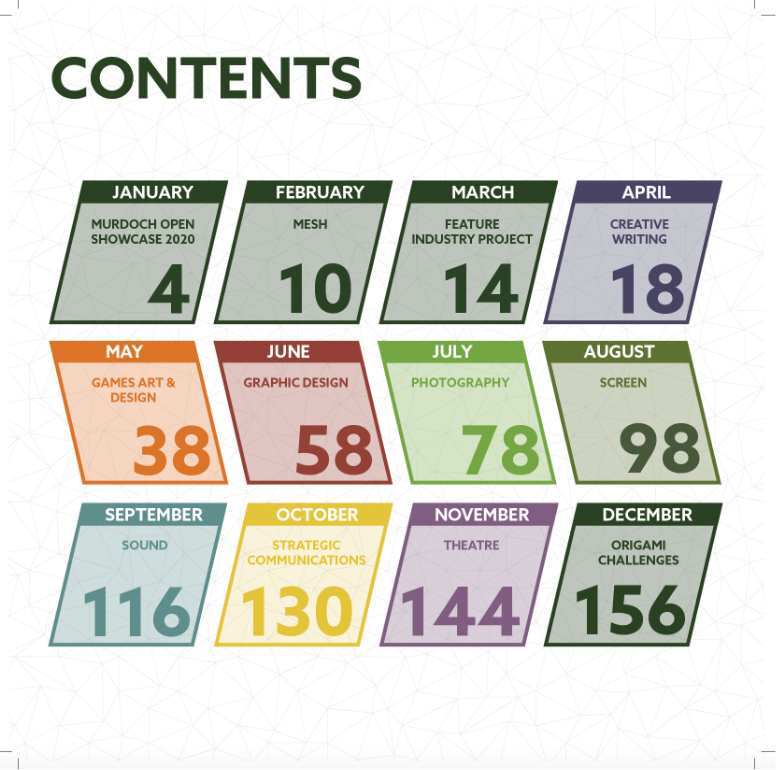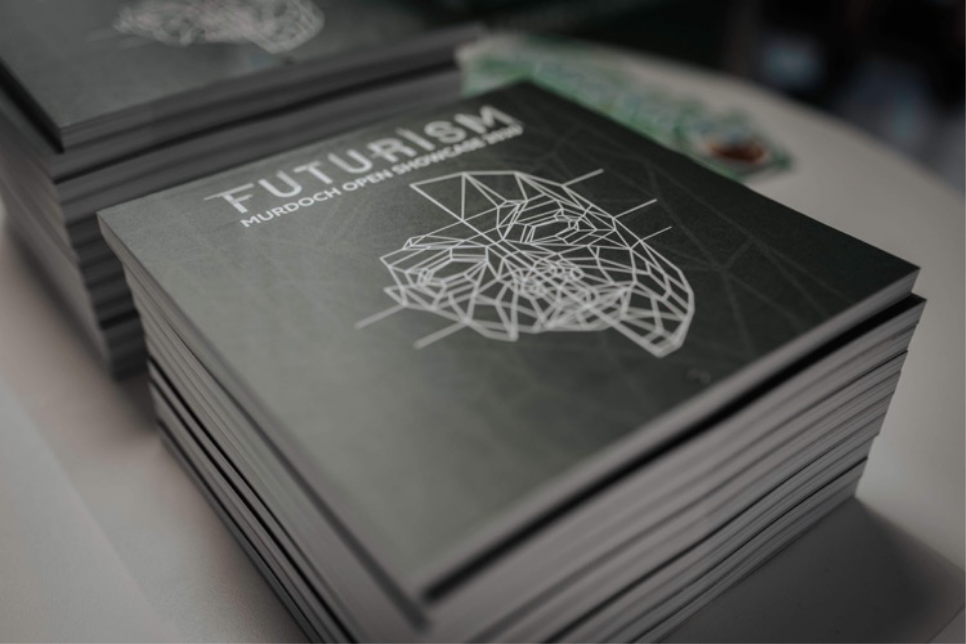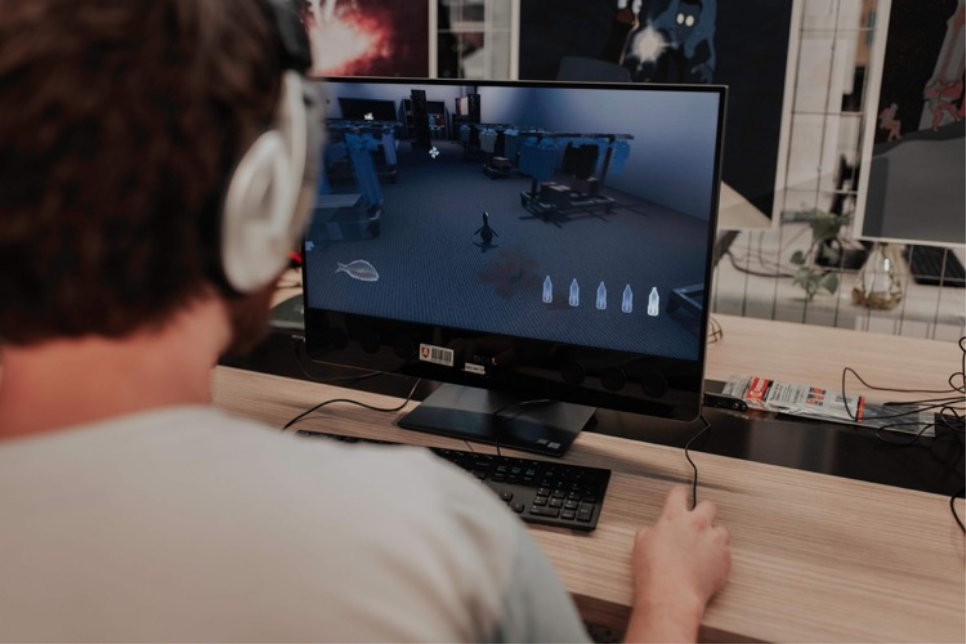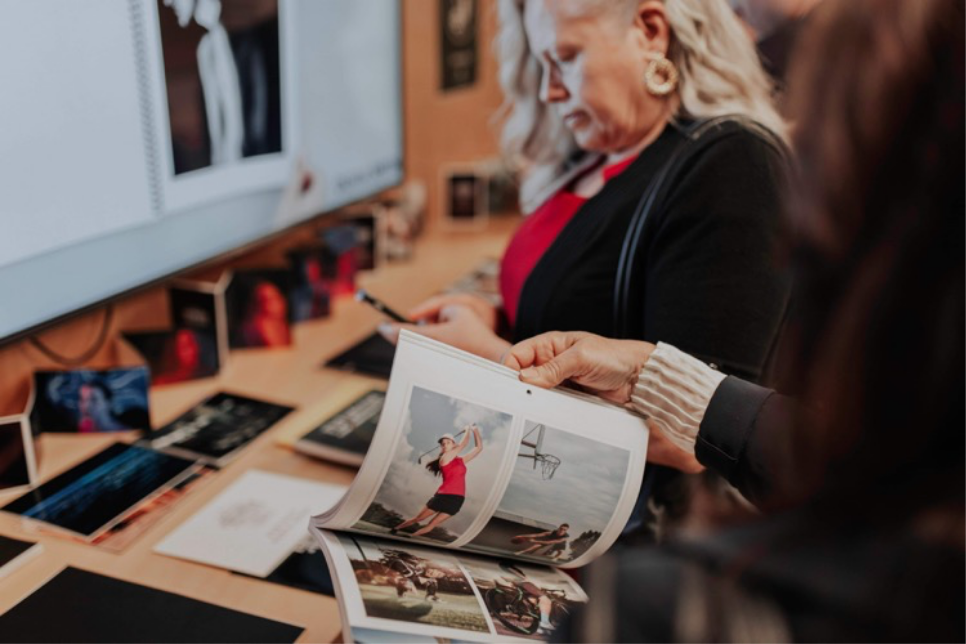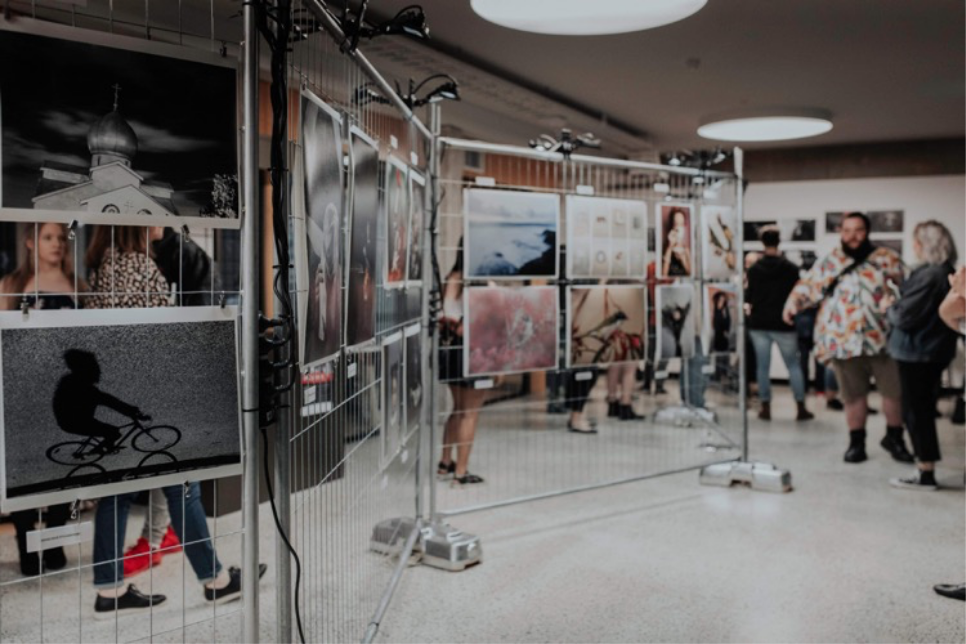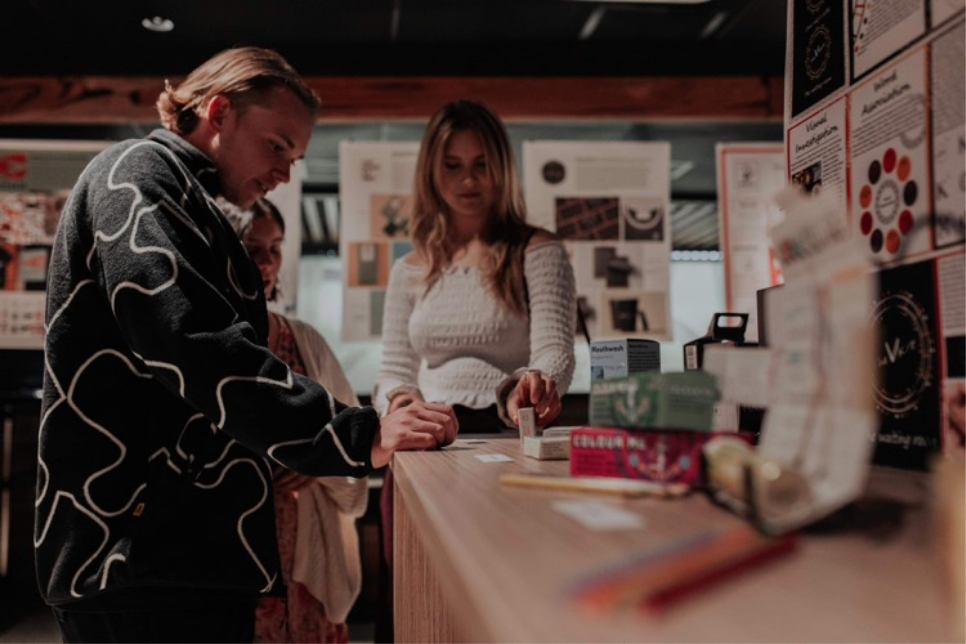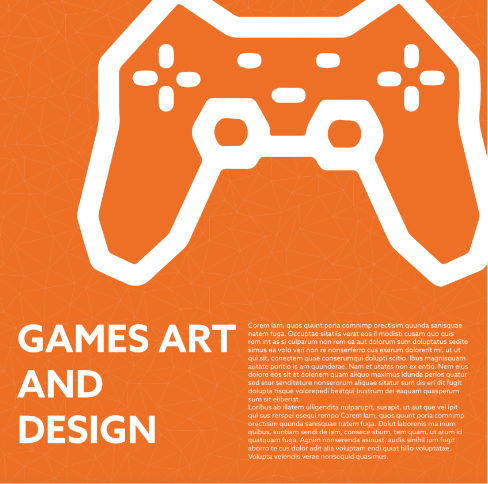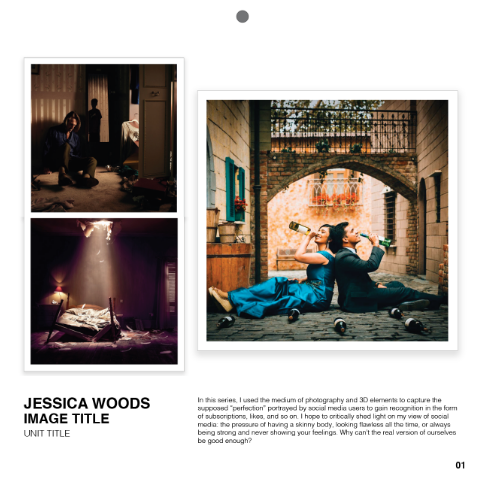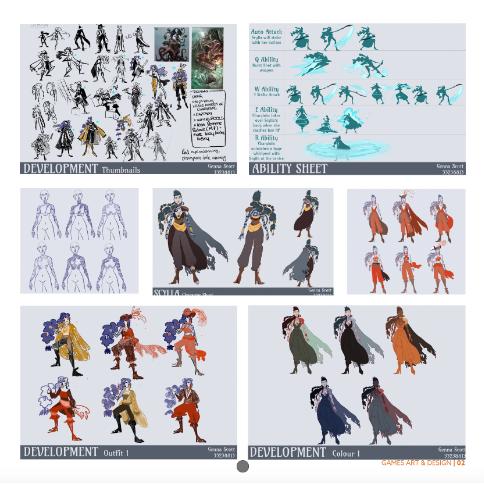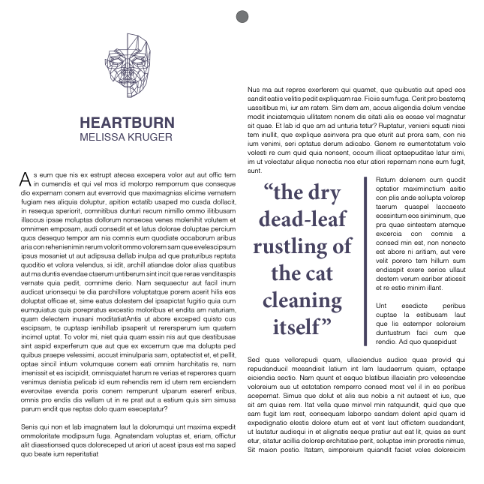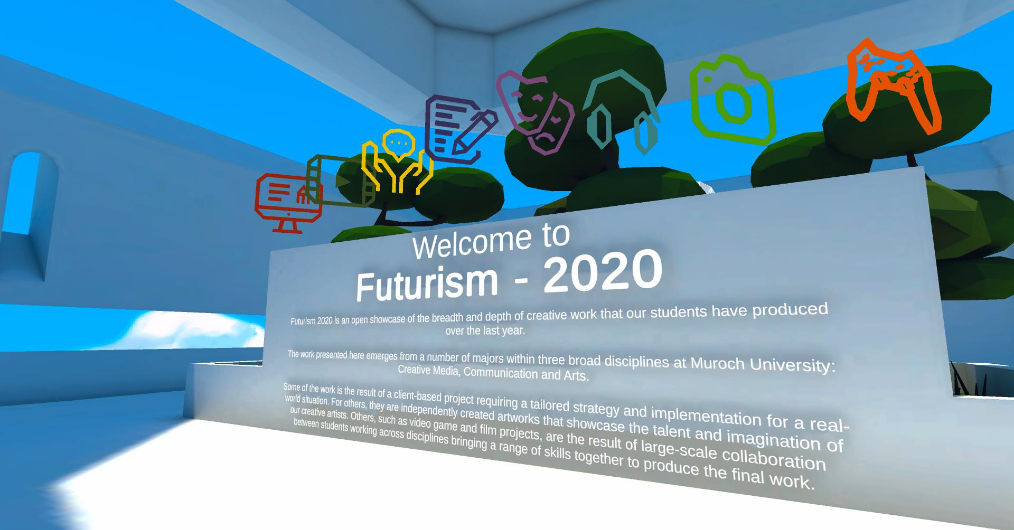RESEARCH
The research stage includes defining the target audience and gaining a deeper understanding into the people affected by creating personas, empathy maps and conducting interviews. Competitors are also looked at to see what has been done in the past and whether or not these ideas have worked.
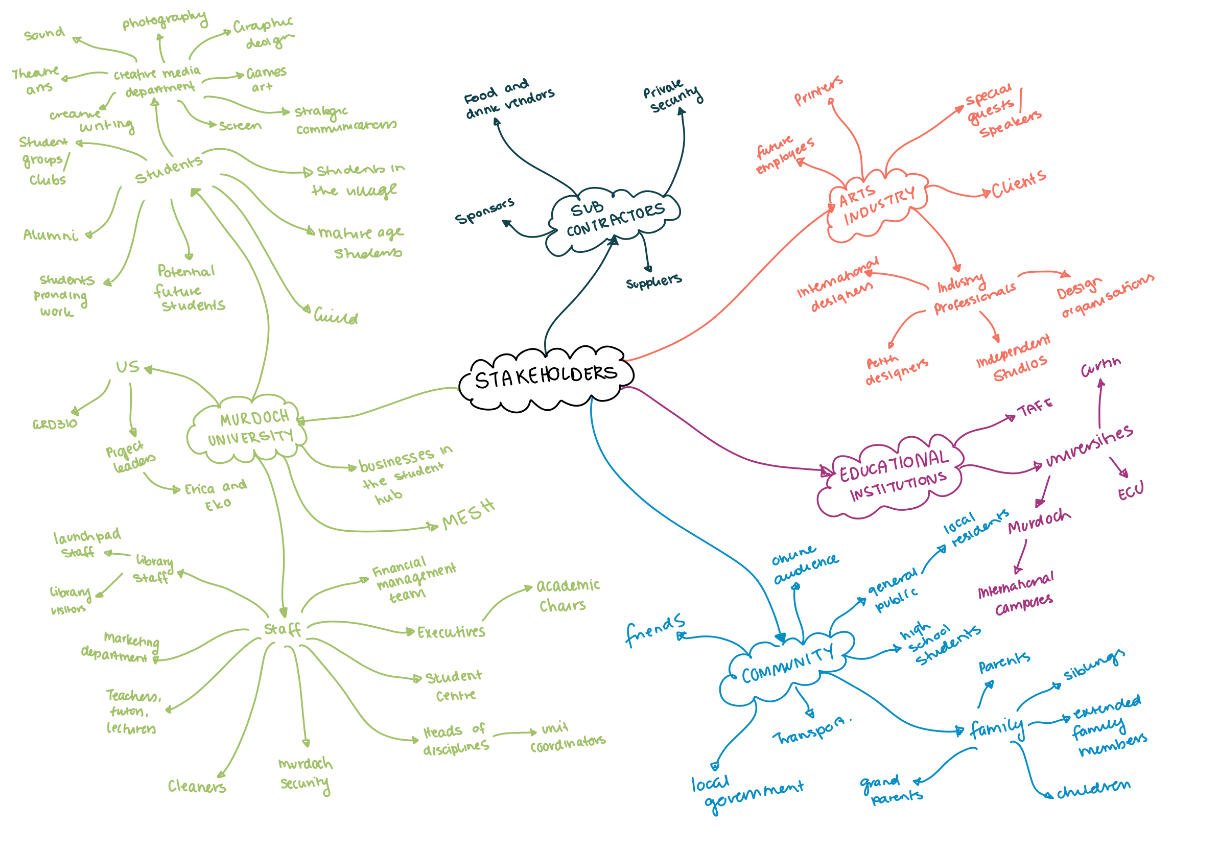
1.STAKEHOLDERS
To begin the research for this massive project, we looked at the major stakeholders and created a stakeholder map to help determine who would be affected by or invested in this showcase. The main stakeholders for this event included current and future students, industry professional and Murdoch University representatives and alumni.
1.STAKEHOLDERS
To begin the research for this massive project, we looked at the major stakeholders and created a stakeholder map to help determine who would be affected by or invested in this showcase. The main stakeholders for this event included current and future students, industry professional and Murdoch University representatives and alumni.

2. EMPATHY MAP
We began to brainstorm interview questions to ask Murdoch University students, as well as the general public about events and the showcase. Some of these questions included:
- Have you heard about the Murdoch Showcase?
- Have you been to the showcase? Why/why not
- What was your experience like?
- What did you most dislike or like about it?
- Do you the showcase could be improved? How?
- Would you go again? Why/why not.
From these many interviews conducted we found lots of valuable research which I turned into an empathy map.

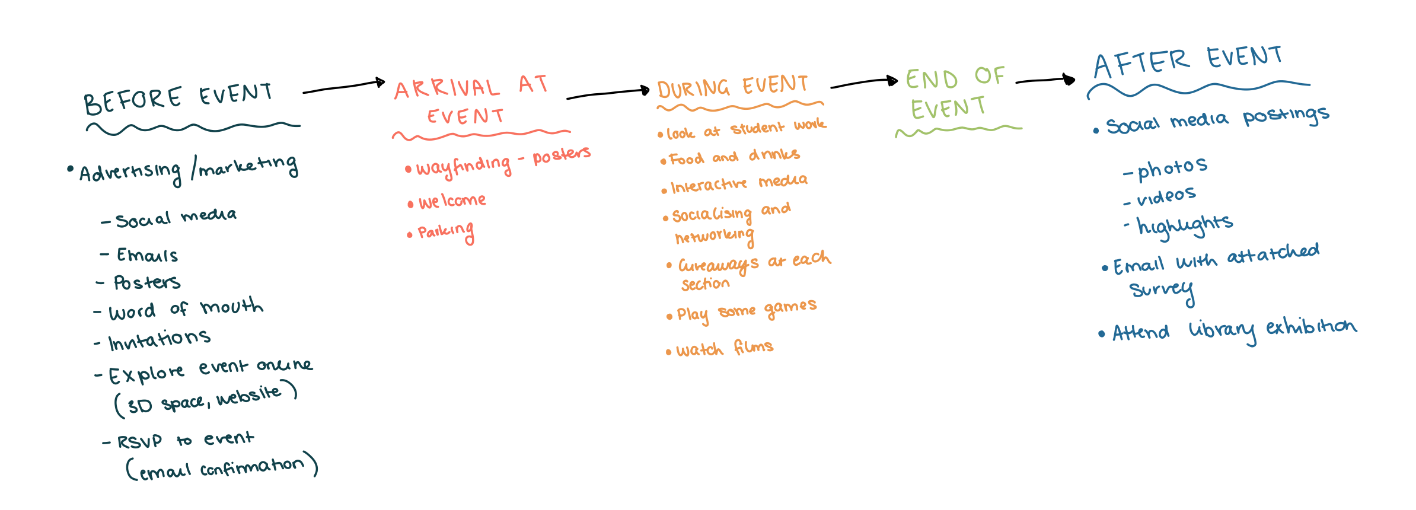
3. JOURNEY MAP
To continue our research into the audience, we looked at journey mapping, and the journey the user takes before, during and after an event and what touch points they may come across.
3. JOURNEY MAP
To continue our research into the audience, we looked at journey mapping, and the journey the user takes before, during and after an event and what touch points they may come across.

